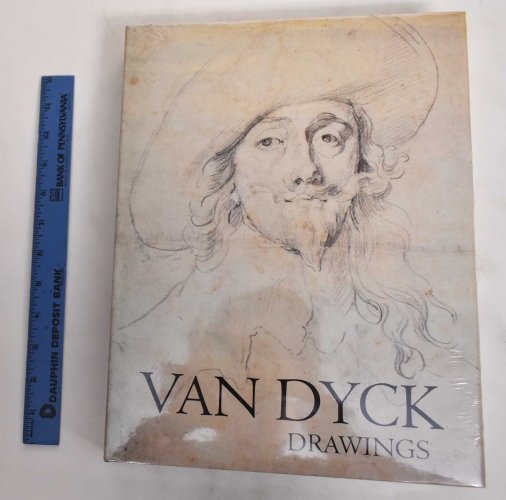From Library Journal\\nThis lavishly produced book, containing over 100 color illustrations of Van Dyck's drawings (most reproduced full size), is a companion catalog to an exhibition that appeared at the Pierpont Morgan Library (New York) and the Kimbell Art Museum (Ft. Worth). The drawings span the artist's early years as an apprentice with Rubens to the last year of his life. The lucid introduction and catalog entries are amply footnoted, and Brown does an excellent job of elaborating on the technical and iconographical aspects of the artist's drawings. Especially helpful are the extensive introductions to groups of drawings relating to a particular project or theme. The book is rich in supporting illustrations (more than 250 in black in white), which indicate the drawings' relationships to Van Dyck's paintings and the works of other artists. There is also an extensive bibliography, a chronology of Van Dyck's life, and an annotated translation of Bellori's brief biography of the artist. Along with Arthur K. Wheelock Jr. and others' Anthony Van Dyck ( LJ 4/15/91), this book is essential for art libraries and highly recommended for college and larger public library collections.\n- David B. Hegeman, King's Coll. Lib., Briarcliff Manor, N.Y.\nCopyright 1991 Reed Business Information, Inc.\\nFrom Publishers Weekly\\nAnimated horse and rider studies, powerful religious scenes, spirited re-creations of myth and delicate watercolors evoking the beauty of the English countryside are among the works in this handsome catalogue of Flemish artist Anthony Van Dyck's (1599-1641) drawings. Although there are a few gems here, most of the pictures are preparatory sketches, of interest chiefly for the light they throw on Van Dyck's portraits and religious paintings. This erudite volume, with an introduction and notes by Brown, chief curator of London's National Gallery, documents an exhibition traveling in the U.S. Van Dyck's few watercolors, far ahead of their time in freshness and technique, influenced later painters. His intensely visual intelligence and impulse to experiment are seen, for example, in a freewheeling drawing of Adam and Eve being driven from the Garden of Eden by a sword-wielding angel, the whole scene a vortex of primal energy.\nCopyright 1991 Reed Business Information, Inc.
No copies of this item are currently available.
